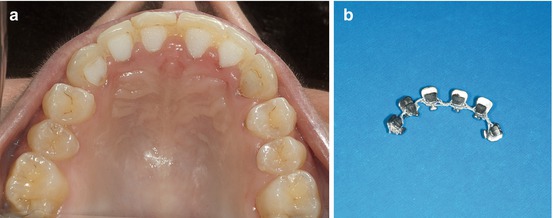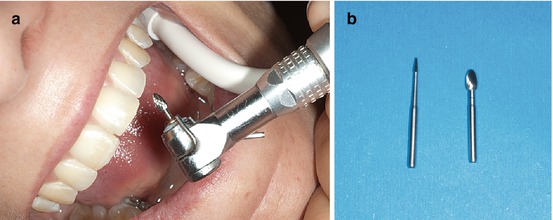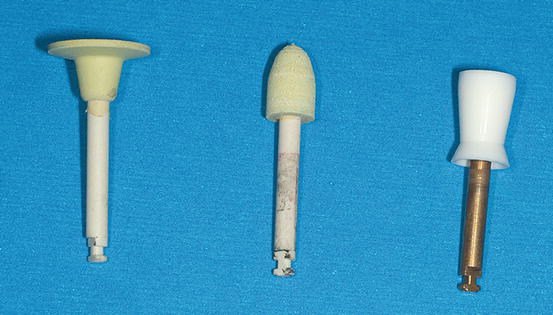and Augusto Ureña1
(1)
Department of Orthodontics, Maimonides University, Buenos Aires, Argentina
The finishing process has to pursue a strict protocol, and there are some significant differences in cases with or without extractions (Hilgers 1996).
It is important to remember that the leveling of the occlusal plane has to be finished before all the extraction spaces were completely closed.
At this moment, it is advisable to recheck the position of the brackets to accomplish torque control (0.0175″ × 0.0175″ TMA or 0.016″ × 022 SS archwire). Inter-arch elastics could be used to improve anterior or lateral occlusion.
According to numerous studies, the last arch has to be in place during 8–16 weeks before debonding permitting the recovering of the periodontal fibers, especially when rotated teeth are present.
An individualized retention plan is the best choice for each patient. The length of the retention has to be in accordance with the initial malocclusion, age of the patient, amount of periodontal attachment, periodontal biotype, residual amount of growth, etc. (Zachrisson and Artun 1979; Rummel et al. 1999).
The debonding protocol is as important as the bonding phase. The enamel has to be protected for possible damage during all this process.
The brackets have to be removed with the last wire in place with a special plier to avoid enamel cracks and the possibility of the patient swallowing a bracket during the process (Fig. 8.1a, b).


Fig. 8.1
(a, b) The brackets have to be removed with the last wire in place
Insofar, it is better to break the adhesive bond in the adhesive-bracket interface (Fig. 8.2a, b).


Fig. 8.2
(a, b) Composite remains over the palatal surface of the teeth
The final procedure is the removal of the adhesive remnants from the tooth surfaces, avoiding enamel iatrogenic damage (Oliver and Griffiths 1992).
The most common removal technique uses a low-speed handpiece with a round or barrel tungsten carbide bur. It is recommendable not to use water for better contrast between the adhesive and the enamel (Fig. 8.3a, b).


Fig. 8.3
(a, b) Burs with a low-speed handpiece to remove adhesive remnants
After that, a careful enamel polishing is necessary, avoiding gingival tissue bleeding (Fig. 8.4).


Fig. 8.4
Different types of burs to polish the enamel
It is highly suggested that the retention wire has to be bonded at the same moment the brackets were removed.
The same procedure has to be made in the lower arch. The same removal plier as in the upper arch is used in the lower arch (Fig.8.5a, b).


Fig. 8.5
(a, b) Debonding brackets in the lower arch
After a careful enamel polishing, 37 % etching gel acid for 30″ was placed with an applicator brush, avoiding contact with the gingival tissues. Rinse thoroughly with air-water spray and suction using high-speed evacuator.
It is important to maintain a completely dry field not allowing the patient to contact the etched enamel with saliva.
Stay updated, free dental videos. Join our Telegram channel

VIDEdental - Online dental courses


